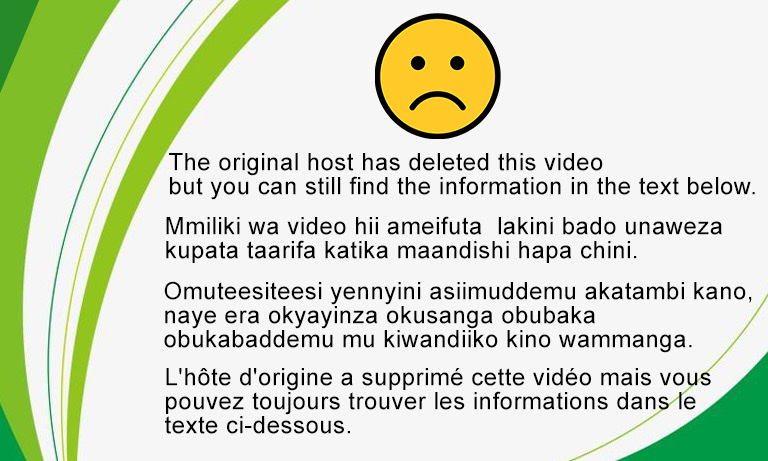Fish handling and processing begins immediately the fish is caught from water because the fish is perishable and degeneration starts immediately after harvesting them. Processing of fish involves application of preservation techniques in order to retain the quality and increase the shelf life.
Fish preservation
Fish preservation prevents spoilage of fish and provides the farmer with bi-products like scales which can be used to make other products.
Fish farmers can also get fish remains like intestines which can be used as supplementary feed for feeding other fish.
Fish processing increases the profitability of the farmer due to value addition.
It makes the fish more appealing and palatable to the consumers.
Prevents rapid decay and degradation of the harvested fish.
Fish processing stages
During fish processing, first, remove slime by thorough washing and also behead the fish.
Gutting. This is the process of removing body parts that may reduce product quality. This involves the removal of all internal organs of fish. During gutting, fish is cut longitudinally up to the anal area with special attention not to cut the gall bladder because this changes the look of the fish.
De-gilling; this involves removing gills from the fish and is made to prevent fish from going bad and also enabled the fish to preserve for a very long period of time.
Descaling. This involves the removal of scales from the fish and most freshwater fish are scaled. This is labor-intensive and is done manually.
Washing. This involves cleaning the fish to remove blood and bacteria. This is done both internally and externally.
Cutting of fins. This can be done especially for bigger fish and the fins can be used for other purposes.



















